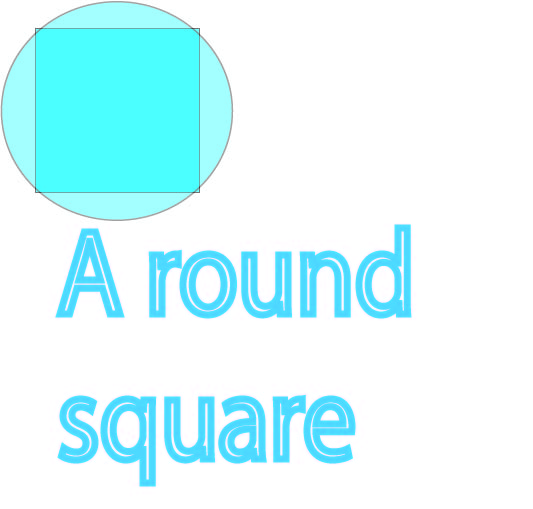What is modal realism.
What has modal realism got to do with art?
What has modal realism got to do with art in the tropics?
Necessity of the art object
The problem modal realism poses to the artistic pursuit is the rendering of a possible world, as actual. Actual as a necessary condition, therefore denoting the object/art as possible if imagined to be true. However, if the name links to a referent, it is an art object by token of being actual. However, this faces the problem outlined by Russel pertaining to the existence of persons in relation to a description. Kripke, a contemporary philosopher, suggests the ‘cluster concept theory’. A series of concepts gives a more robust meaning to a name. The philosophical point: is this the case in all possible worlds? A couple more questions. Could art exist in all possible worlds? Could art have no resemblance if in another world? So if not art in all possible worlds, what makes it art in this world?
Art object as true in all possible worlds.
Artists who ponder the philosophical foundations fall into two primary camps. The realist material world theorists, or idealists mental construct theorists. However, a third and often overlooked option, is a possible world realism. The first two categories lay within the literature of art history. Realism pertains to material culture as an artefact. Idealism is anything external to the individual has its correlate as a mental phenomenon actualised as a passionate personal commitment to the ideal or ideology.
Possible worlds relate to contingent identity. An art object is contingent to a referent. The referent may go by different names. However only a particular could be the creator of that object in all possible worlds. This entails a cluster of concepts that ‘rigidly designates’ between object and referent. This compatibilist approach to realism and idealism takes on many forms.
Modality realism as distinct essences pertaining to objects
A thought experiment around modal realism.
Sculptures X and Y have the identical form. That is each sculpture is made from the same caste.
Sculptures X and Y also have identical aggregate or material substance. That is the pile of sand and cement are similar in content.
Are both sculptures identical?
Well in the sense that an observer could not identify X from Y they seem to be in form and content copies.
However, if X and Y have distinct modal essences then a divergence would take place once the aggregate is caste.
That is each sculpture has distinct modal properties.
Object X is different from object Y by token of being separated by space-time. According to relativity X and Y are distinct by token of their relative position. Identity necessarily changes if X went at a relative speed to Y, and so if X could possibly be different to Y then X could be identical to Y given the chance of being super imposed through entanglement.
